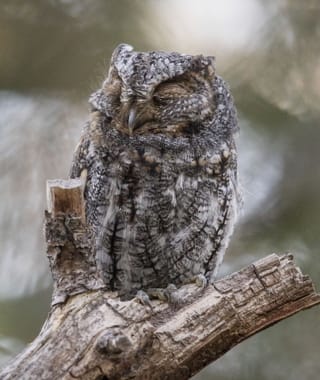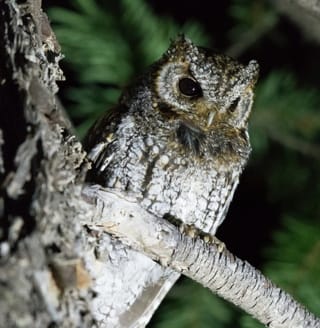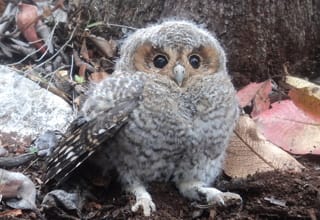Initially this guide displays common birds of all types that are flying right now in our area. Use the selectors below to view rare birds, view birds flying any time, restrict the output to a certain shape of bird, or search by name.
New Mexico is on the western edge of the Central Flyway which is one of the major migration pathways between north and south for birds traveling between breeding and wintering grounds along the Rocky Mountains. This has resulted in the state having an incredible diversity of birds with over 550 different species reported. A little more than half of this number are sighted annually on the Pajarito Plateau. Some of these birds are full-time residents, some migrate here for a few weeks or months, and other are only seen briefly as they pass through the region.
This guide features many of the birds known to frequent Los Alamos county by when they are likely to be seen in the area. You can get additional information on local birds by joining PEEC Birders or going to the eBird website. eBird also includes lists of rare bird sightings and birding hot spots.
Bird References
Birdweb
Cornell Lab of Ornithology
eBird
eNature
Institute for Bird Populations
National Audubon Society
New Mexico Ornithology Society
What Bird
xeno-canto
Subject Area Experts (all guides)
Steve Cary (butterflies)
Beth Cortright (insects)
Terry Foxx (invasive plants)
Leslie Hansen (mammals)
Richard Hansen (fish, mammals)
Dorothy Hoard (butterflies, trees)
Chick Keller (flowers, herbarium)
Shari Kelley (geology)
Kirt Kempter (geology)
Garth Tietjen (reptiles)
David Yeamans (birds)
Web Development and Content Management
Pat Bacha
Jennifer Macke
Graham Mark
Akkana Peck
Contact
Please contact us for local nature questions and sightings. We welcome comments, corrections, and additions to our guides.
For more information about local nature, please visit our Nature Blog or subscribe to PEEC This Week.
Make Selection
 Photo: adult by Mouser Williams  Photo: adult by Gordon Karre  Photo: owlet by Leticia Soriano Flores |  Flammulated OwlFLOW (Psiloscops flammeolus, Megascops flammeolus)Family: Strigidae (Owls) Size: 6 - 7 in (15 - 18 cm) Flies: Apr 21 - Jun 15 Morphology: small owl that is gray or brown overall with rounded facial disk, dark eyes, and short, feathered ear tufts Status: native; rare Food source: feeds almost entirely on insects such as moths, beetles, and crickets; will also eat some other arthropods such as spiders, centipedes, and scorpions Habitat: dry ponderosa pine woods, tuff Typical location: Upper Canyons Flammulated Owls are very well camouflaged, particularly when sitting near a pine tree trunk. Also their call is very soft and a bird will sing even more quietly if approached. This has resulted in their numbers being underestimated in many areas in past. New census techniques have now lead to these owls being considered to be the most abundant owls in the western pine forests. These birds mostly hunt just after dark and near dawn. They will perch on a branch looking for insects and then fly out to catch them either in the air, on the ground, or directly from foliage using their feet to grab their prey. Nests are usually in tree cavities, often old woodpecker holes. Young leave the nest to perch on nearby trees about 25 days after hatching. Info Photos Distribution Frequency |
